Grazing Exclusion with Fences on the Tibetan Plateau
Fences are a main measure to restore the degraded land, preserve biodiversity or to isolate migrant on the worldwide, which has generated boons as well as banes to human well-being. Across the Tibetan Plateau, grazing exclusion with fences is used to restore degraded grassland. The existing researches have limited understanding of the effects of grazing exclusion on ecosystems functions, wildlife, grazing capacity, human-wildlife land conflicts, as well as its impacts on public cognition.
Consequently, we have conducted a comprehensive study about grazing exclusion with fences on the Tibetan Plateau using meta-analyses, linkages between wildlife and fences, and a household survey, and we have published an article “Reconsidering the efficiency of grazing exclusion using fences on the Tibetan Plateau” in an academic journal “Science Bulletin” with recommending a policy framework for the sustainable management of alpine grassland.
This work is performed by Dr. Jian Sun (Visiting Associate Professor of Arid Land Research Center), Dr. Atsushi Tsunekawa (Professor of Arid Land Research Center), Dr. Fei Peng (Specially Appointed Associate Professor of International Platform for Dryland Research and Education), and Dr. Miao Liu (Invited Researcher of Arid Land Research Center), who belong to Tottori University.
The article was introduced as “Editor’s Choice” in an academic journal “Science” with the title of “Move the fences”.
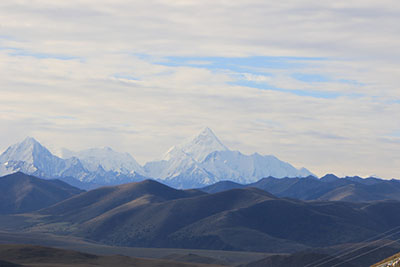 |
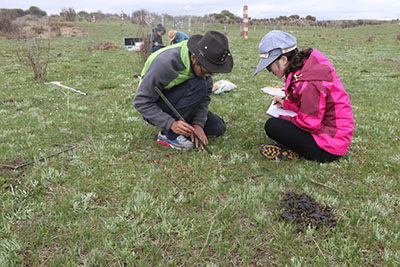 |
| [Gongga Mountain] |
[Quadrat investigation in fencing area] |
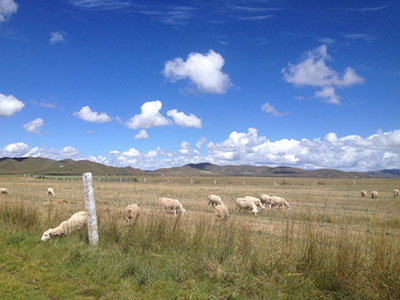 |
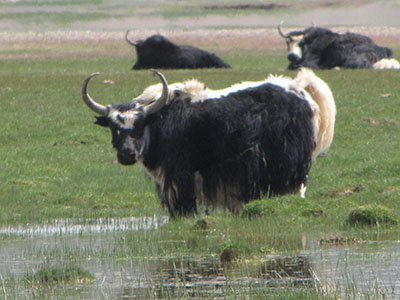 |
| [A fence to exclude livestock (sheep) grazing showing the difference
in vegetation growth inside and outside the fence] |
[Domestic yaks (Bos grunniens), one of typical livestock kept in the Tibetan
Plateau instead of cattle because of cold climate and oxygen-poor environment] |
The sensitive alpine meadow and steppe systems of the Tibetan Plateau have
experienced serious degradation over the past half-century. To restore
these habitats, an extensive system of wire fences has been erected across
the region; some have been in place for 30 years. Fences can protect plants
from immediate grazing by livestock, but they limit connectivity for other
organisms, interrupt trophic dynamics, and artificially divide landscapes.
Sun et al. used a large-scale meta-analysis to determine whether these
fences have been effective for restoration, how they affect wildlife, and
what effect they have on human populations on the basis of interviews with
local herdsmen. Fences that had been in place for short to medium periods
of time were able to increase aboveground vegetative biomass for both meadows
and steppe. However, long-term fencing decreased plant growth and diversity,
with negative ecosystem impacts. In addition, fences inhibited the movement
of three focal mammal species—Tibetan gazelles, yaks, and donkeys—which
increased their grazing impact on unfenced regions. The herders perceived
fences as not only preventing their ability to use traditional grazing
practices but also as being ineffective overall. Fences can be useful tools
but only when they are transitional and impermanent. —SNV Sci. Bull. 10.1016/j.scib.2020.04.035
(2020).
Credit: From Science 29 May 2020: Vol. 368, Issue 6494, pp. 962-963 DOI:
10.1126/science.368.6494.962-f. Reprinted with permission from AAAS.
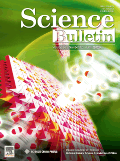
|
The article introduced by Editor’s Choice
published in “Science Bulletin” |
|
| Science Bulletin Vol. 65, Issue16 |
[Abstract]
Grazing exclusion using fences is a key policy being applied by the Chinese
government to rehabilitate degraded grasslands on the Tibetan Plateau (TP)
and elsewhere. However, there is a limited understanding of the effects
of grazing exclusion on alpine ecosystem functions and services and its
impacts on herders’livelihoods. Our meta-analyses and questionnaire-based
surveys revealed that grazing exclusion with fences was effective in promoting
aboveground vegetation growth for up to four years in degraded alpine meadows
and for up to eight years in the alpine steppes of the TP. Longer-term
fencing did not bring any ecological and economic benefits. We also found
that fencing hindered wildlife movement, increased grazing pressure in
unfenced areas, lowered the satisfaction of herders, and rendered substantial
financial costs to both regional and national governments. We recommend
that traditional free grazing should be encouraged if applicable, short-term
fencing (for 4–8 years) should be adopted in severely degraded grasslands,
and fencing should be avoided in key wildlife habitat areas, especially
the protected large mammal species.
| Jian Sun, Miao liu, Bojie Fu, David Kemp, Wenwu Zhao, Guohua Liu, Guodong
Han, Andreas Wilkes, Xuyang Lu, Youchao Chen, Genwei Cheng, Tiancai Zhou,
Ge Hou, Tianyu Zhan, Fei Peng, Hua Shang, Ming Xu, Peili Shi, Yongtao He,
Meng LiShow lessJinniu Wang, Atsushi Tsunekawa, Huakun Zhou, Yu Liu, Yurui
Li, Shiliang Liu. 2020. Reconsidering the efficiency of grazing exclusion
using fences on the Tibetan Plateau. Science Bulletin 65 (16): 1405-1414. |
|



